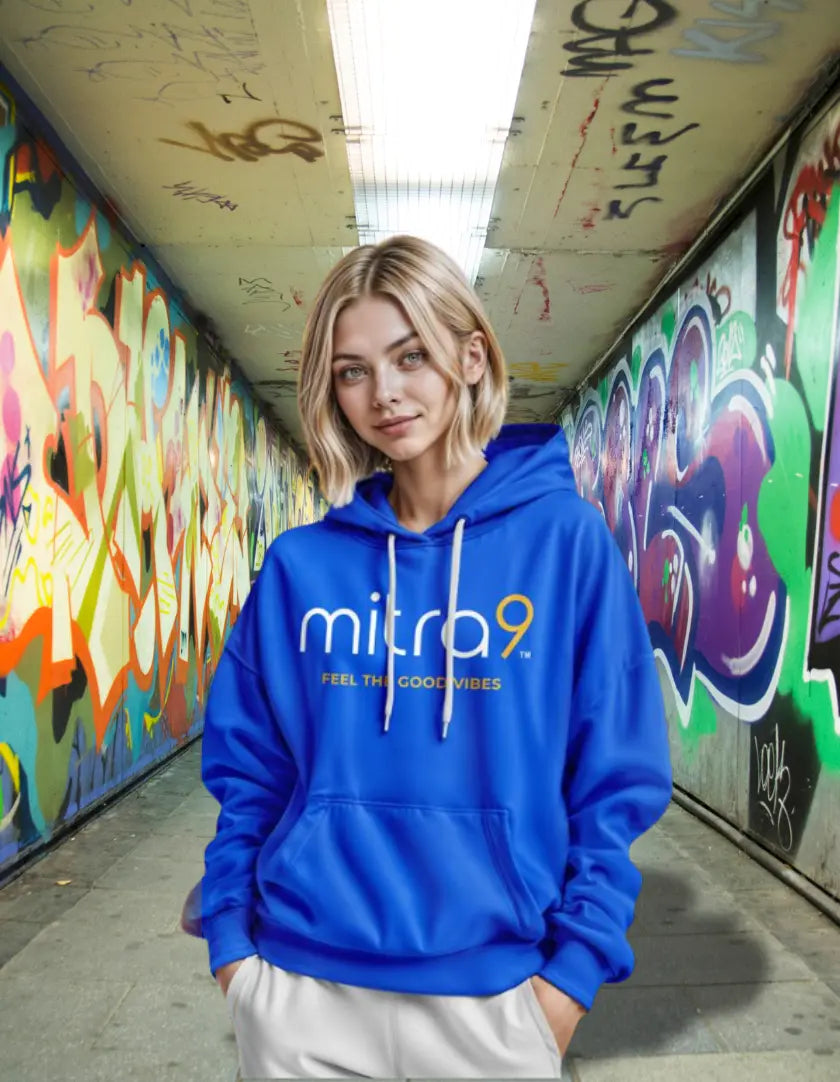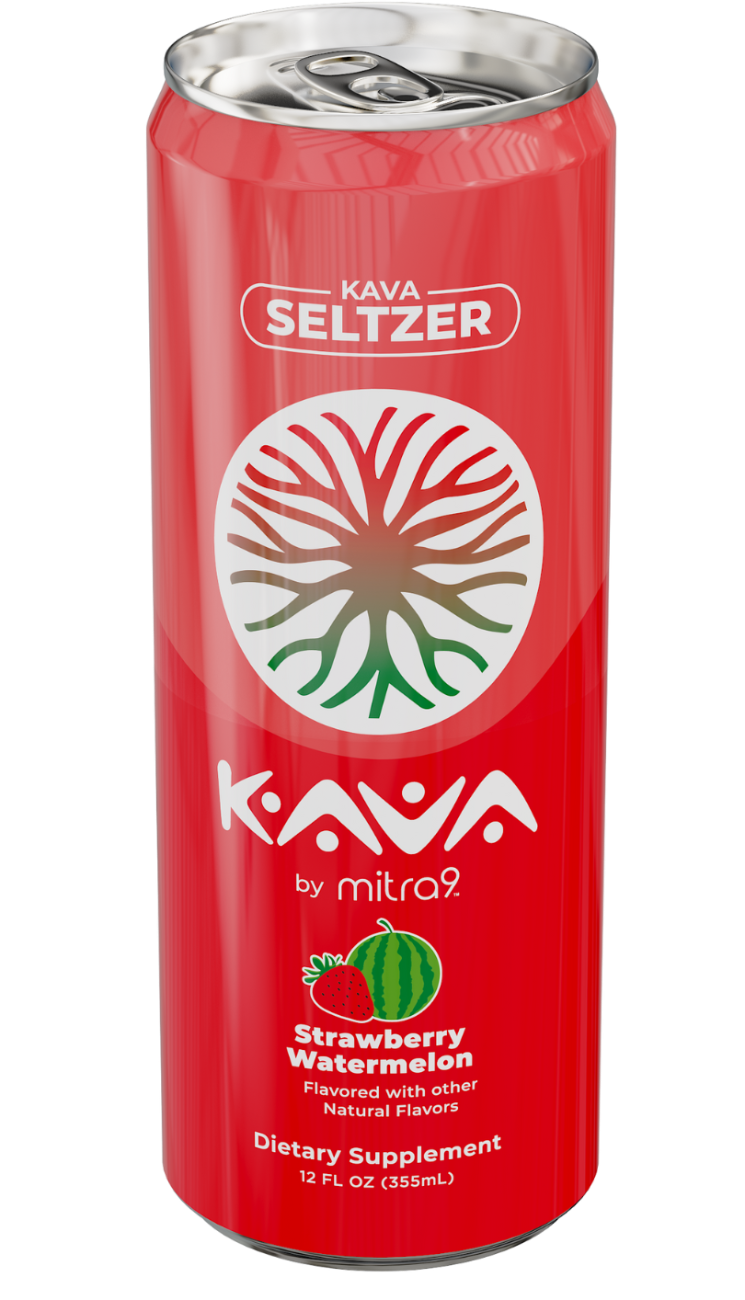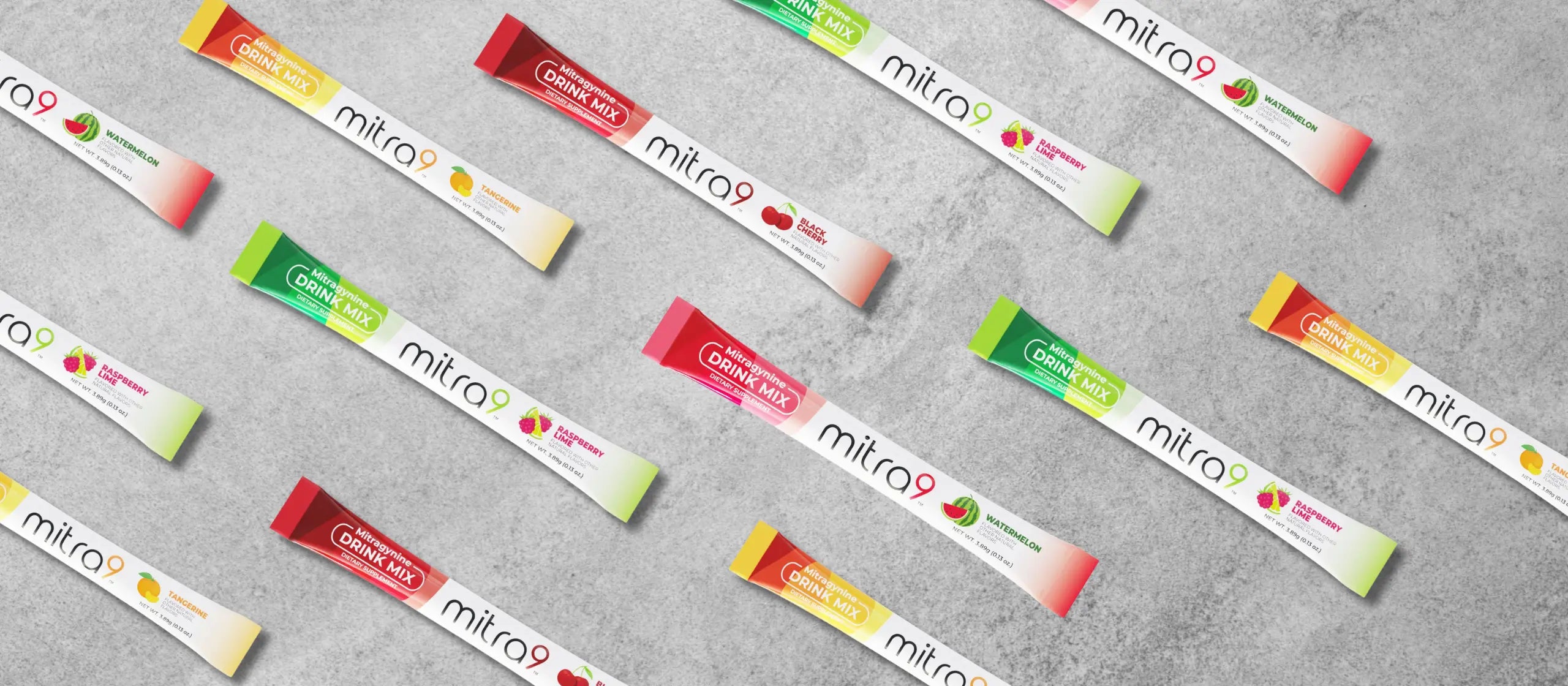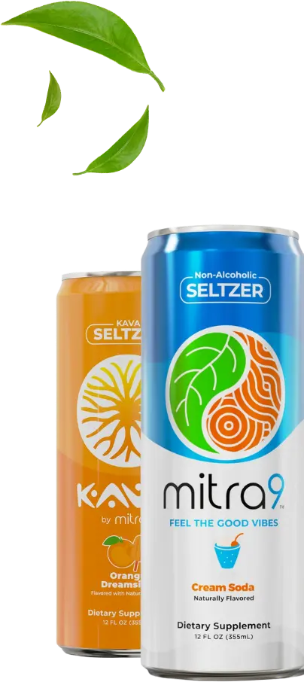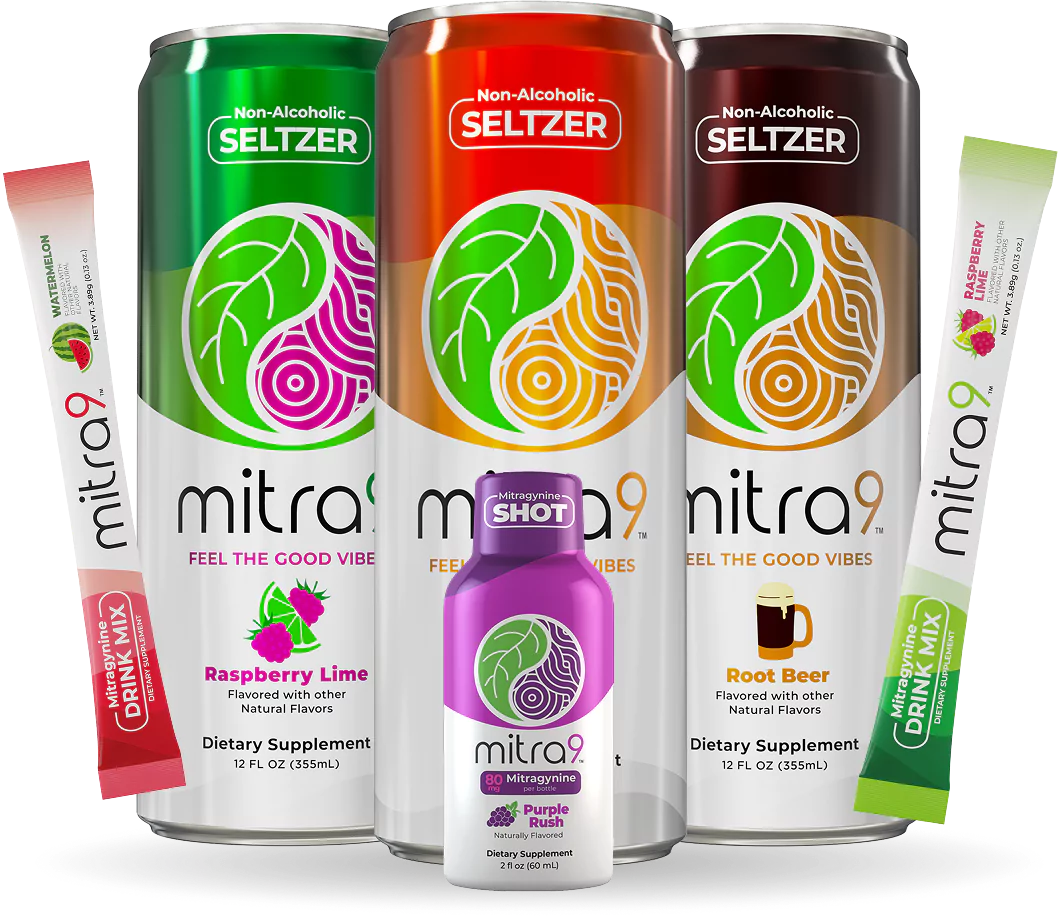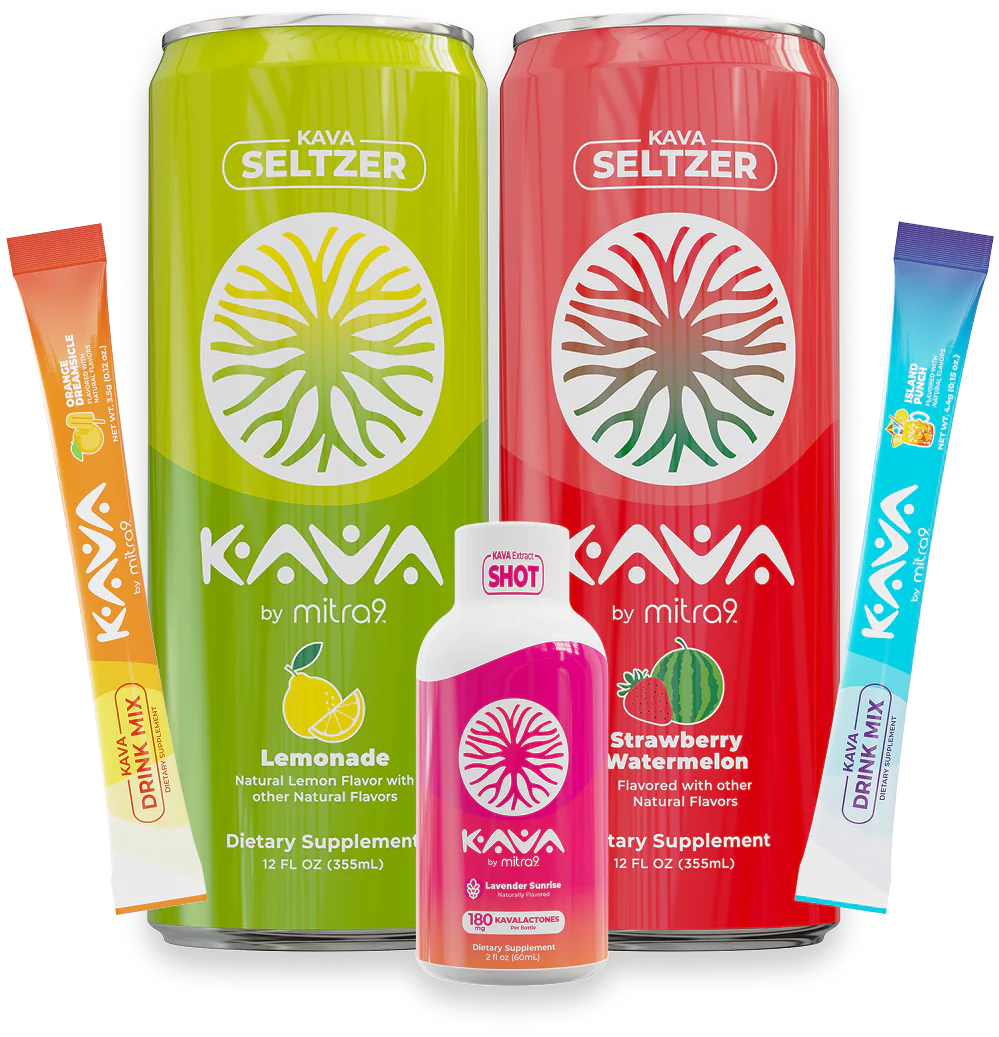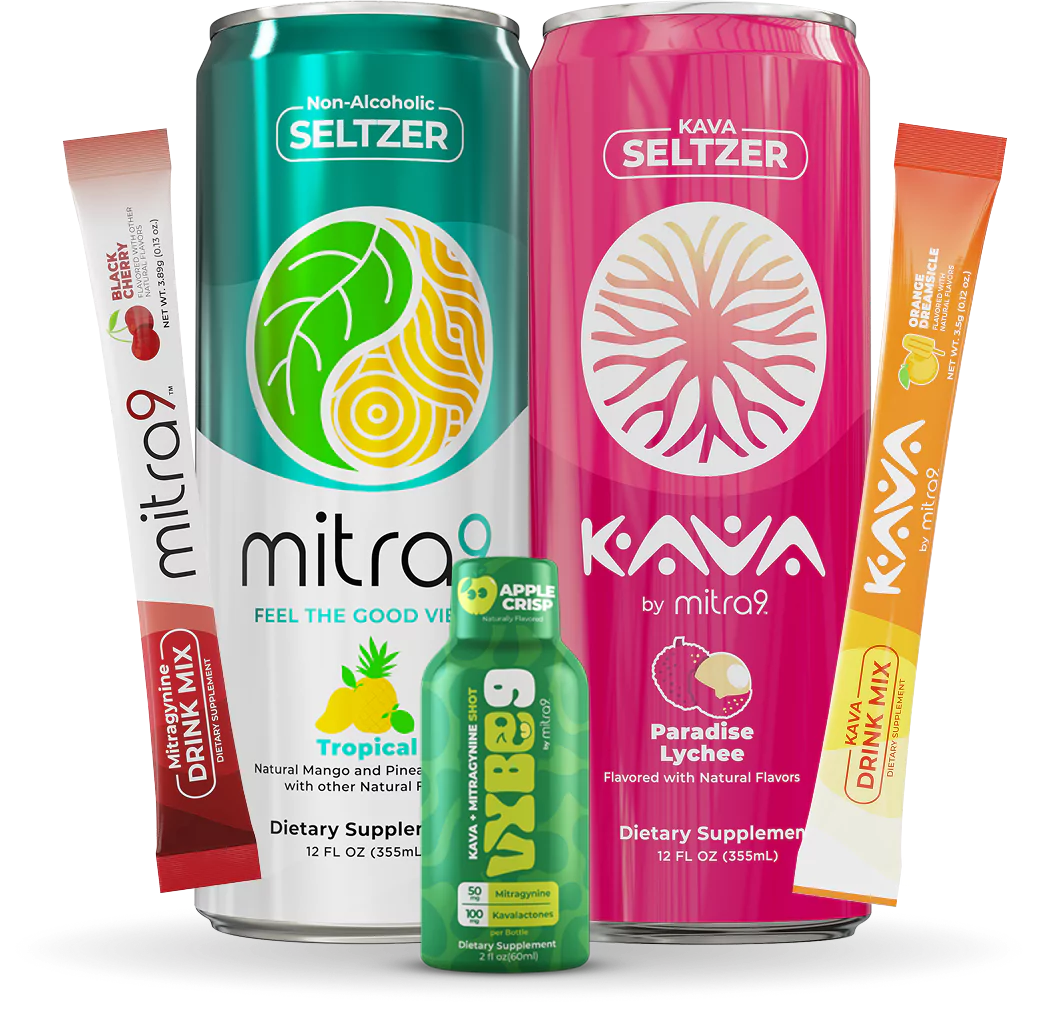Exceptional Service and Support
We offer free consultations where we can help you do everything from selecting the right products to marketing them. We will be available by phone, text, or email when you have questions. We also offer every resource, from marketing and educational materials to samples. Let us knock your socks off with our world-class service.





















































